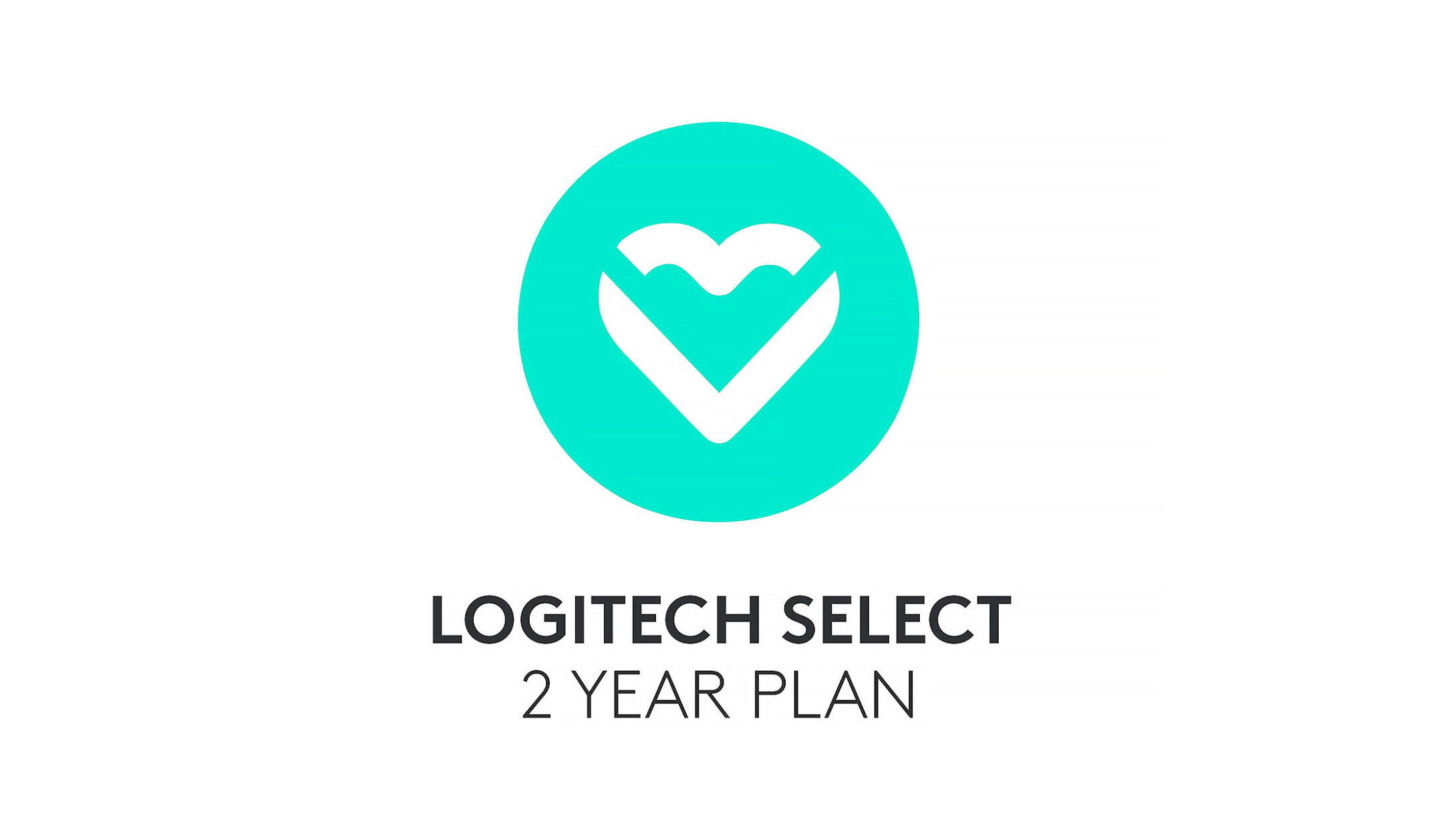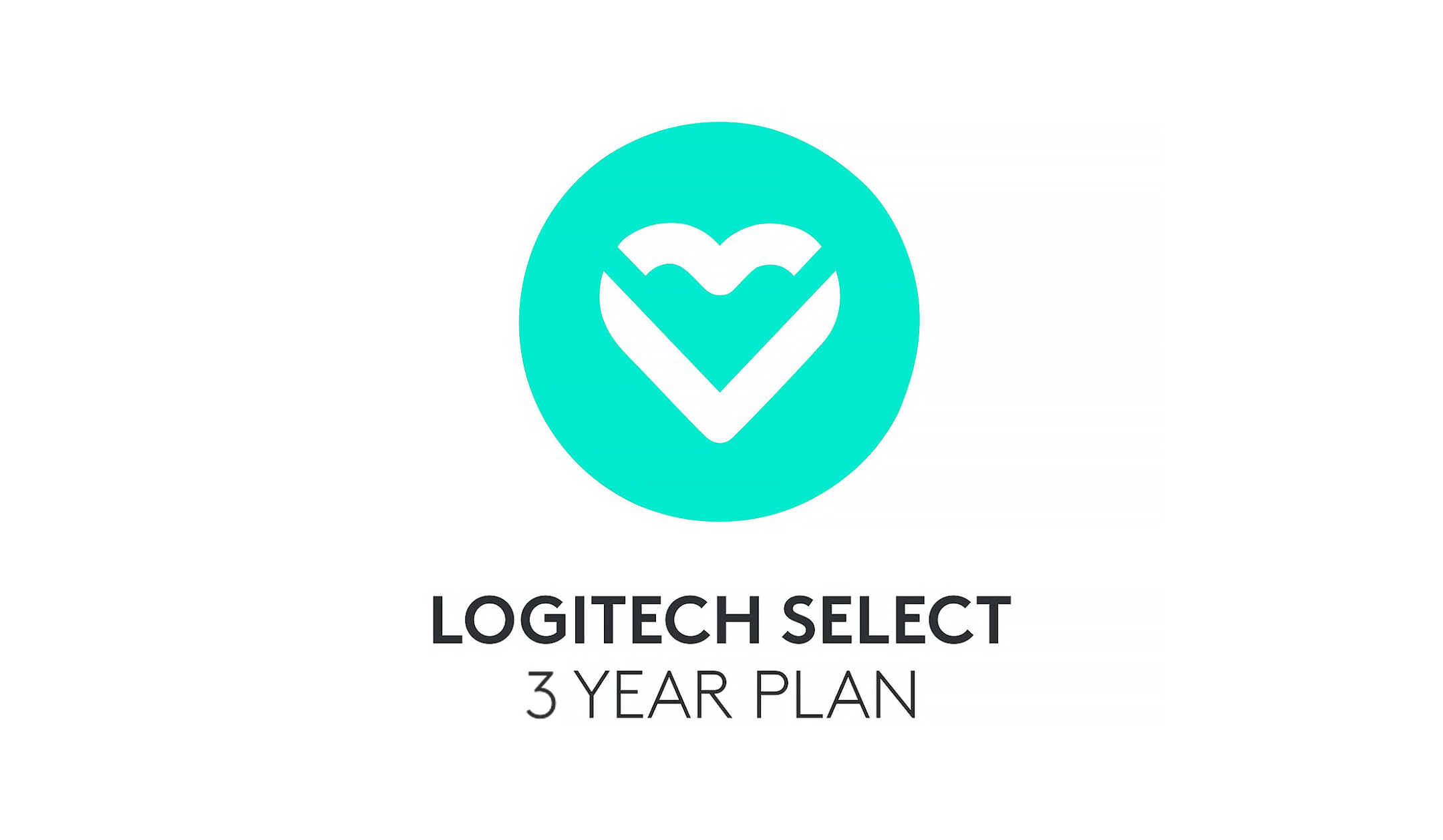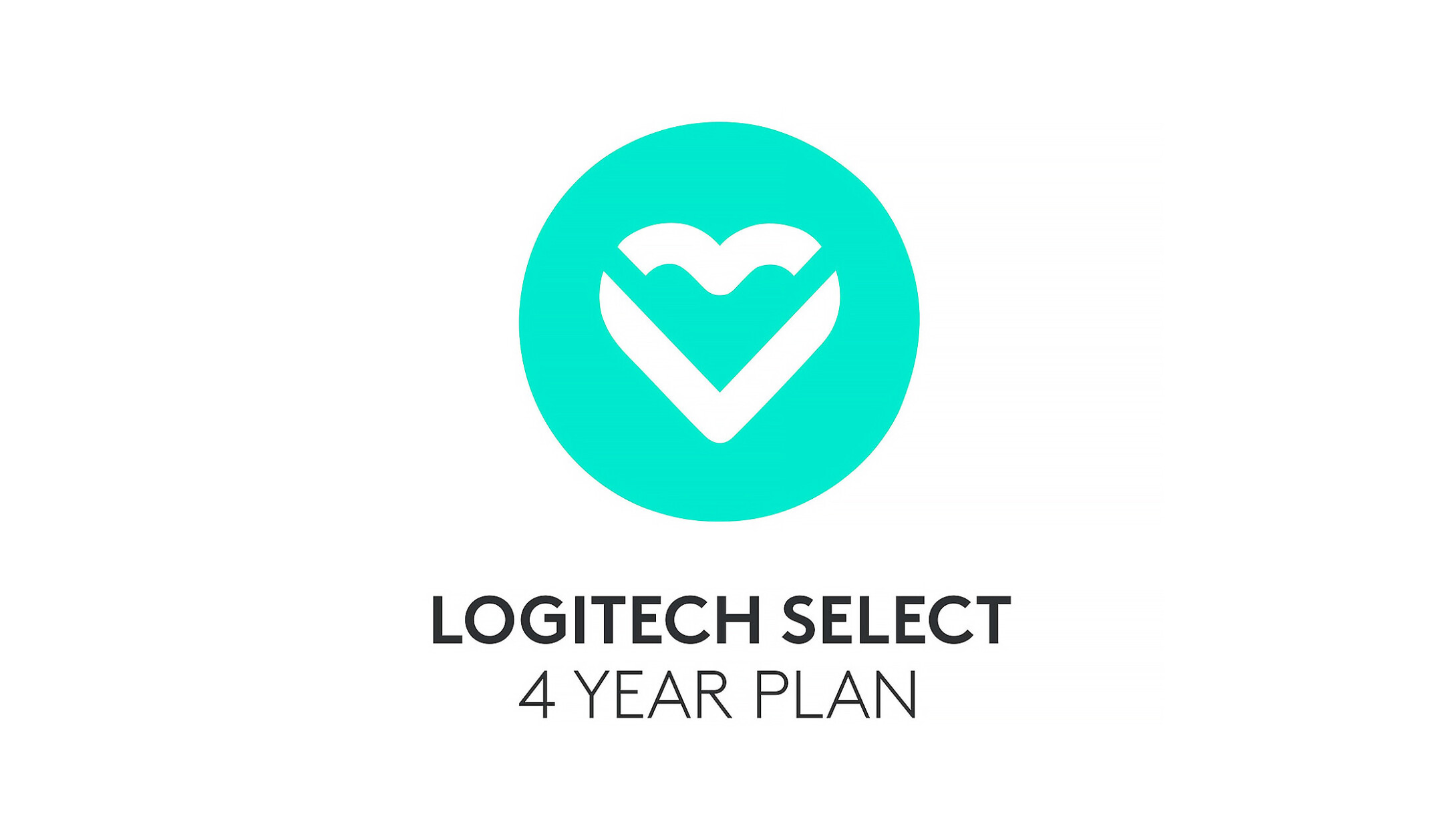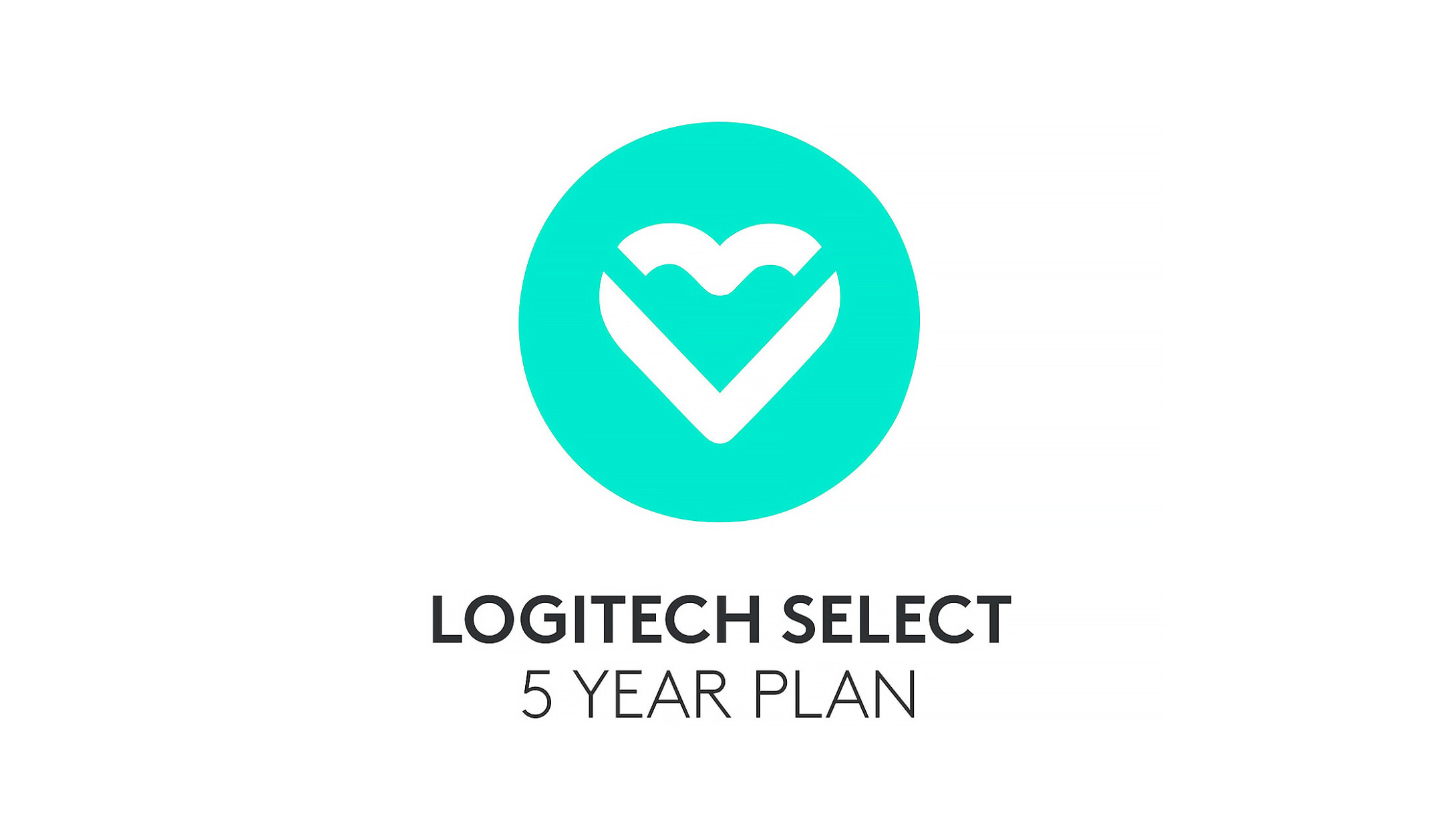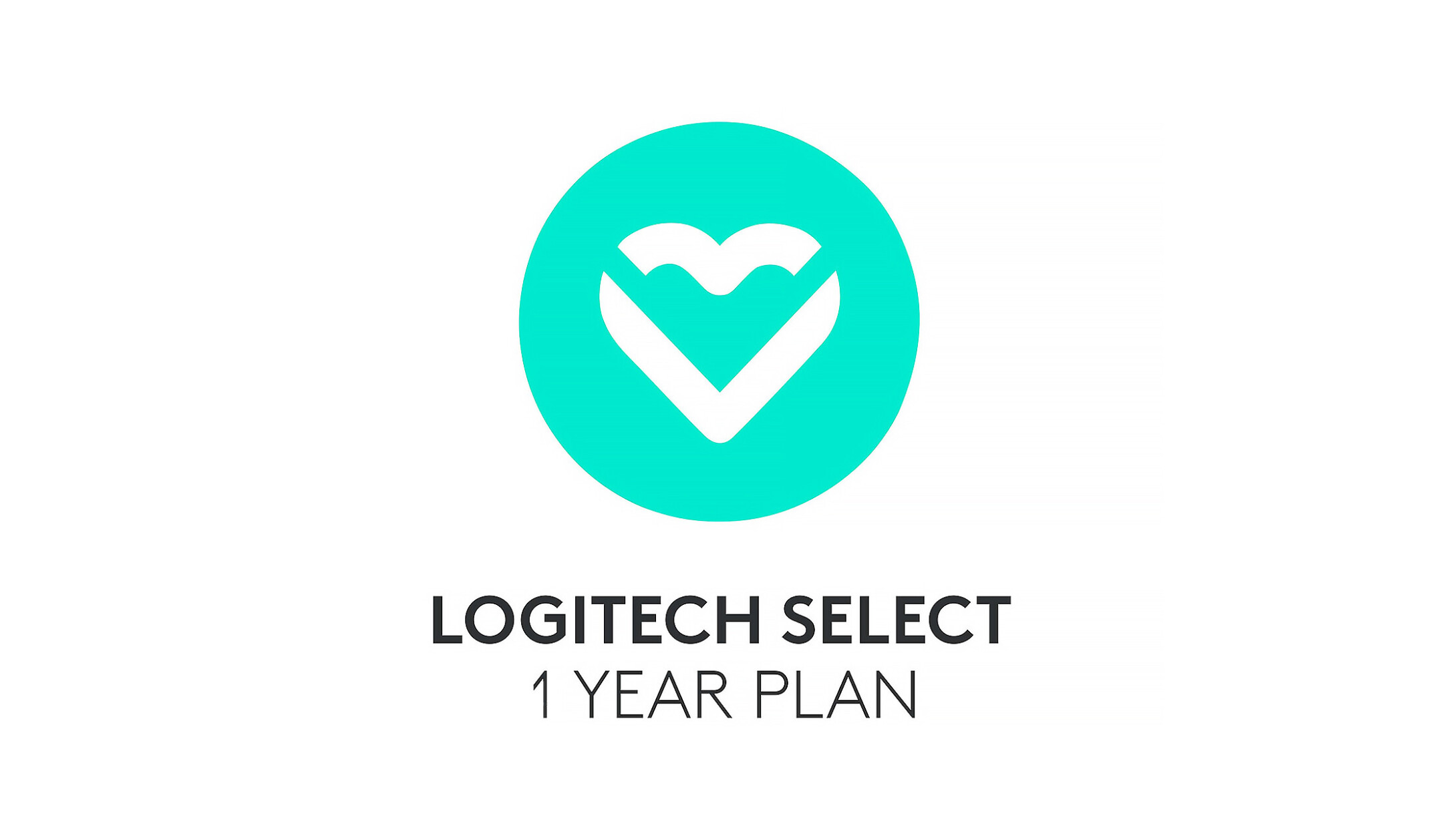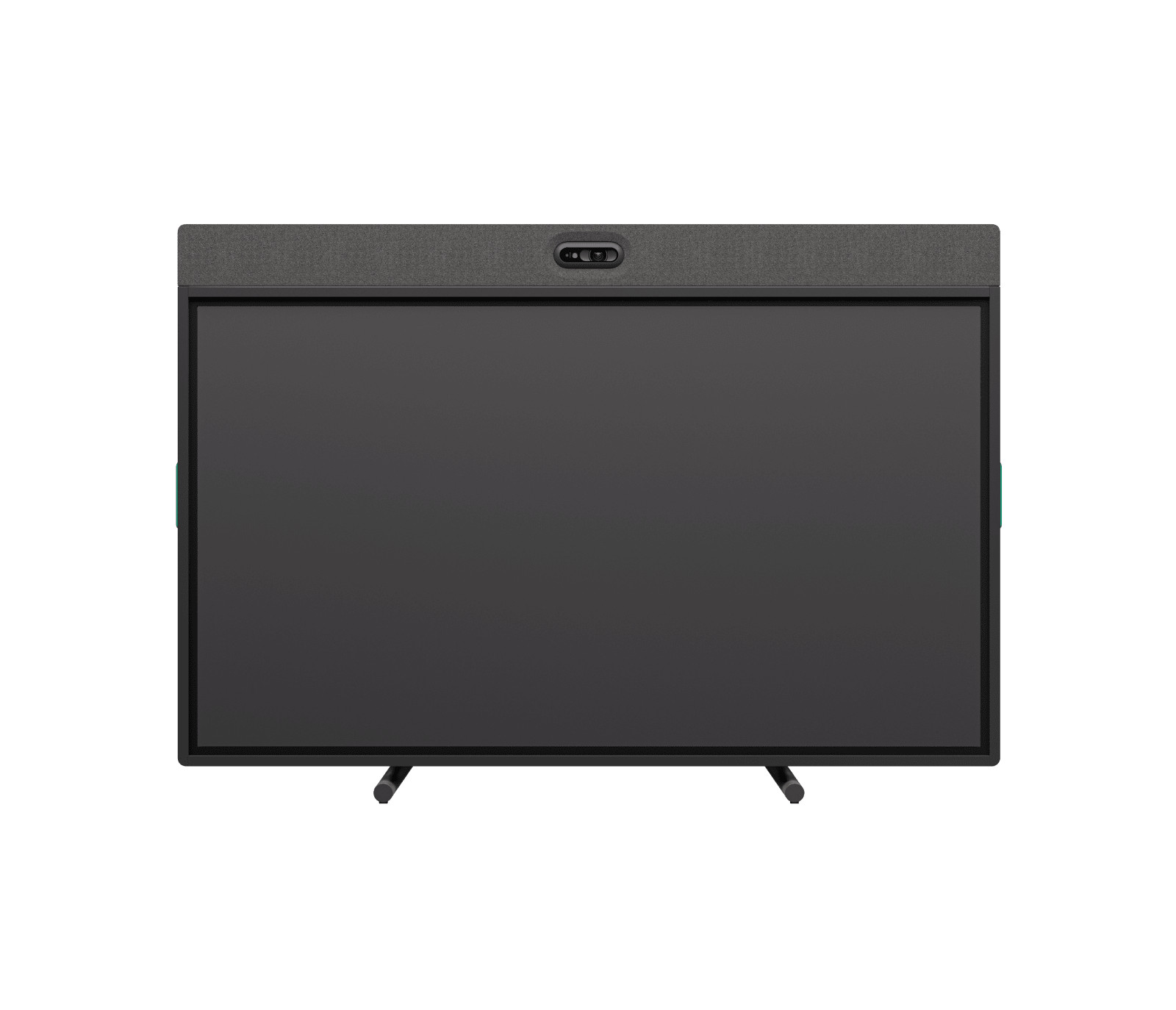















£8,570.40*
- Resolution 3840 x 2160 4K UHD
- wireless technology WiFi, Bluetooth
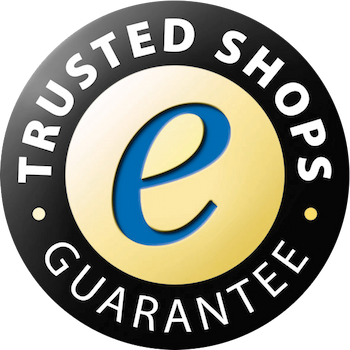

Frequently purchased together
Product information
With the Rally Board 65, Logitech presents an innovative all-in-one video conferencing solution that combines high-quality video and audio with a 65-inch touchscreen display. Thanks to easy setup, flexible mounting options and advanced AI features, you'll enjoy seamless collaboration in small meeting rooms or open office environments.
Experience the following highlights with the Logitech Rally Board 65:
- Display: 65-inch touchscreen , resolution up to UHD 4K60 (3840 x 2160)
- Integrated components: Front microphone array, digital PTZ camera (1-inch image sensor, 115° field of view), two full-range speakers with bass reflex port and two tweeters, ultrasonic transmitter for device detection, cable management and retention system, motorised privacy shutter (automatic cover), depth camera, radar motion detector and environmental sensors
- Video recording: HDMI recording up to 4K60
- Network: IPv4, IPv6, support for IP/FQDN-based proxy and PAC files
- Dual display function: support for a second screen
- Mounting options: table/credenza mounting, wall mounting (VESA), cart mounting
AI-powered video optimisation and depth of field
The integrated camera delivers razor-sharp images thanks to a 1-inch image sensor. This is supported by AI features such as RightSight 2 and depth of field:
- RightSight 2 automatically adjusts the camera image, detects active speakers and can provide grid, group or speaker view. This means you can always see who is speaking without having to intervene yourself.
- The depth-of-field blur mode creates a natural sense of depth, making the people in focus stand out clearly and reducing distractions.
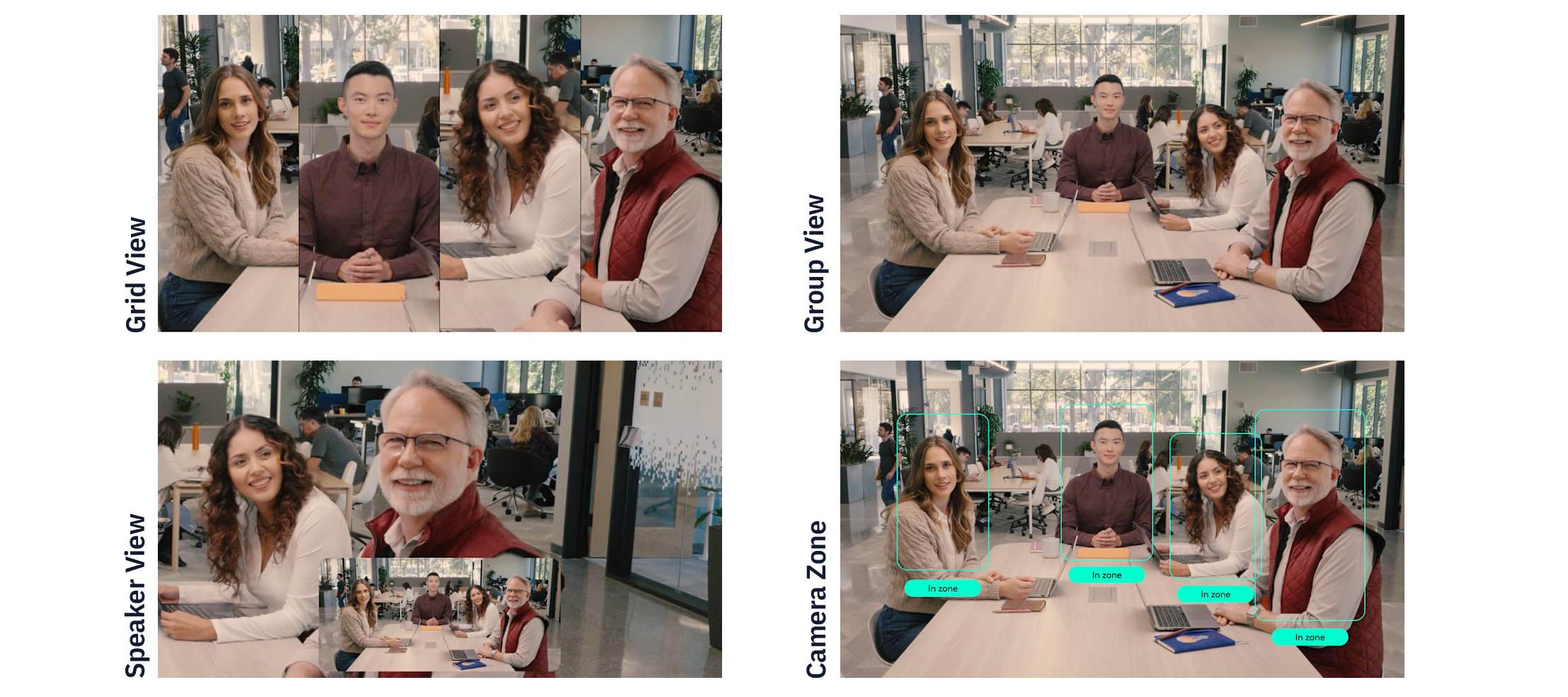
Crystal-clear sound thanks to RightSound 2
For clear communication, Logitech relies on RightSound 2, an AI-based audio technology that minimises reverb and actively reduces background noise such as keyboard clicks or air conditioning. It automatically balances louder and quieter voices so that all participants are heard at the same volume. The result: productive conversations without annoying background noise.
Collaboration without limits made easy
With the Rally Board 65, you can simplify your meetings from the ground up: the 65-inch touch display makes it easy to visualise ideas together and enables direct exchange. Two pens ensure comfortable whiteboard use – without pairing, charging or batteries. Thanks to the tilt function of the separately available Logitech Rally Board 65 Carts (the mobile cart), the display can also be easily tilted and operated from the other side in no time at all. This means that the board can be conveniently placed between two workgroups without having to turn the entire cart. Whether you're hosting an impromptu brainstorming session or a professional presentation, the Rally Board 65 creates the ideal environment for productive and flexible meetings.
Flexible installation and versatile operating modes
The Rally Board 65 adapts to your space and requirements:
- Table/Credenza Mount: Place the device securely on a piece of furniture.
- Wall Mount: Use a standard VESA mount for a discreet installation.
- Trolley mounting: Get mobile and move the Rally Board 65 to wherever it's needed in seconds.
The system also supports three different operating modes. In Android mode, you can access the integrated platform directly; in PC mode , you can connect your own device; and in BYOD mode (Bring Your Own Device), you can easily connect your notebook.

Easy management with Logitech Sync
Keep track of all your devices: Logitech Sync allows you to remotely manage, monitor and configure all connected Logitech systems – whether you are in the same building or on another continent. Sync Insights also provides you with in-depth analytics to help you optimise space utilisation and make better meeting management decisions.
Experience a new level of video collaboration with Rally Board 65, which adapts seamlessly to your needs and makes your meetings not only more efficient, but also more engaging and productive.
Technical data
| Name | Logitech Rally Board 65 All-In-One Touch Display for video conferencing in graphite |
|---|---|
| Article number | 1000033993 |
| GTIN/EAN | 5099206131224 |
| Manufacturer SKU | 960-001698 |
| Model name | Rally Board 65 |
| Brand | Logitech |
| Product Type | Video conferencing system |
| Product Series | Logitech Rally Series |
| Panel type | LCD |
| Resolution | 3840 x 2160 4K UHD |
| Diagonal | 65" |
| Aspect Ratio | 16:9 |
| Contrast Ratio | 5,000 :1 |
| Max. Brightness | 400 cd/m² |
| Support - VESA | 400 x 200 , 400 x 400 |
| Operating system | Android |
| Inputs | 1x HDMI , 1x USB-C , 3x USB-A |
| Outputs | 1x 3,5mm Jack , 1x HDMI |
| wireless technology | Bluetooth , WiFi |
| Power per channel | 8 W |
| Product width | 150 cm |
| Product height | 98.9 cm |
| Product depth | 7.6 cm |
| Weight | 46 kg |
| Colour | Grey |
| EEK Spectrum | A to G |
| Delivery contents | 2x Pen , Power cable , Quick user guide , mount , mounting material , stand |
| Condition | New |
| Warranty | 24 Month |
| Warranty type | Bringin service Service and support information |
Product safety
| Company |
|---|
| Logitech |
| EPFL - Quartier de l'Innovation, Daniel Borel Innovation Center |
| 1015 Lausanne |
| Switzerland |
| info@logitechg.de |





